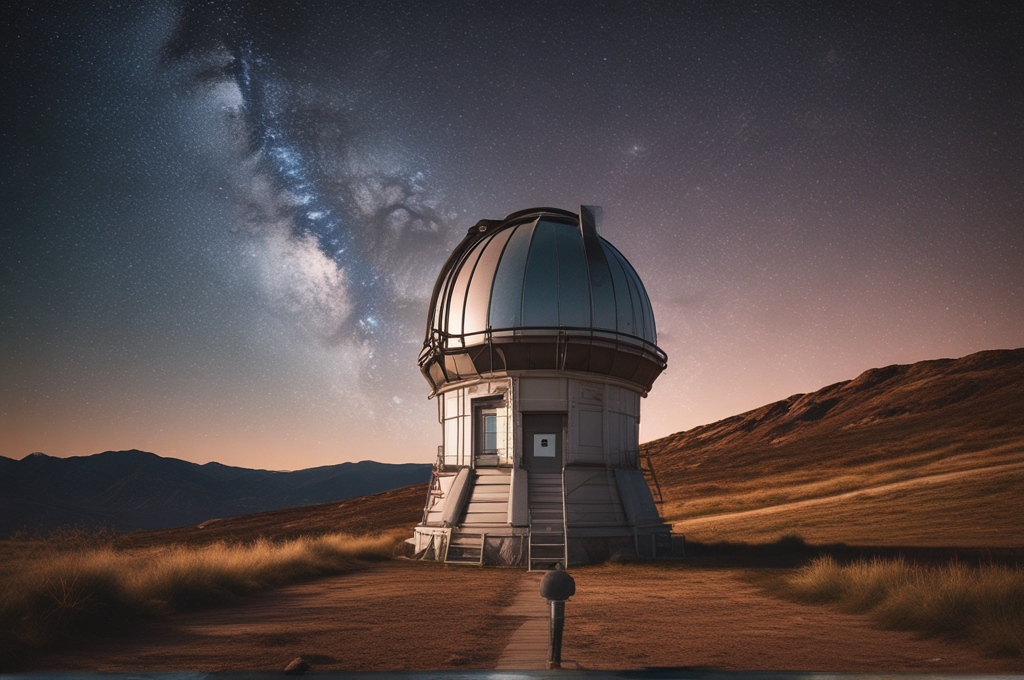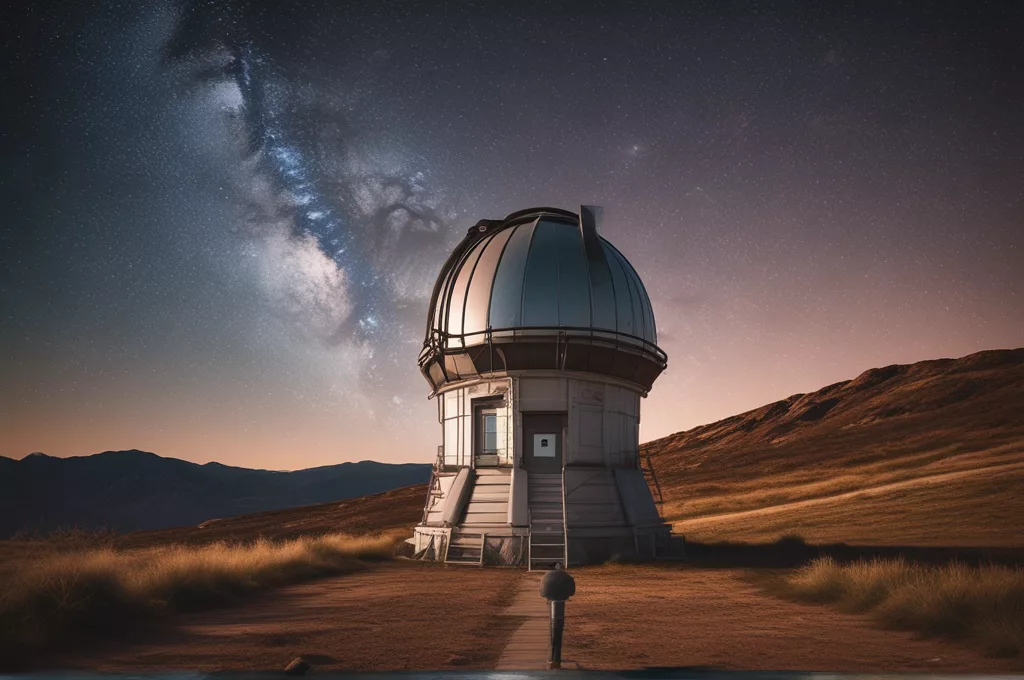 —
—
A Stargazing Adventure: The Allure of Observatories
From the vast landscapes of the Andes to the arid expanses of the Atacama Desert, our planet has long captivated astronomers with its hidden secrets. But the allure of the cosmos goes beyond just looking – it’s an invitation to experience the beauty of the universe through active engagement. For astronomy enthusiasts, one of the most thrilling ways to deepen your connection with the celestial realm is through traveling to observatories. Let’s embark on a journey to explore the enchanting world of these dedicated observatories.
Discover the Hidden Gems of Earth
Before we dive into the observatories themselves, it’s essential to understand that they are not just a destination – they’re a beacon of exploration and discovery on our very planet. From the breathtaking vistas of Mauna Kea in Hawaii to the surreal landscape of the Atacama Desert in Chile, these locations have been transformed into astronomical observatories, where the sky is your canvas.
A Mauna Kea Odyssey: A Window to the Cosmos
Mauna Kea is a sight to behold, rising majestically to a height of 13,800 feet above sea level. Its dormant volcano hosts a group of observatories that have been instrumental in revolutionizing our understanding of the universe. The telescopes are not merely placed at this altitude to pierce the Earth’s atmosphere more effectively but also to align with the celestial pole, allowing the instruments to remain fixed despite the movement of the Earth. This, in turn, allows astronomers to capture images of distant galaxies, supernovae, and other celestial events that occur far from our planet.
From the Desert to the Stars: Observing Astronomy in Chile’s Atacama
Located in the driest desert on Earth, the Atacama Desert, the Paranal Observatory is an architectural marvel nestled among towering dunes of sand. The observatory houses the European Southern Observatory’s (ESO) Very Large Telescope (VLT) – an awe-inspiring sight that features four 8.2-meter unit telescopes and four 1.8-meter auxiliary telescopes. The desert’s dry conditions and the observatory’s elevated position offer the perfect environment for the VLT to conduct research into some of the most fascinating mysteries in the cosmos.
The Mountain of Tranquility: Observatories and Their Impact
Observatories like Mauna Kea and the Atacama Desert are more than just astronomical observatories – they are beacons of collaboration, innovation, and discovery. The international teams of scientists that work together on these observatories represent a diverse mix of cultures and nations, coming together under the shared vision of understanding our universe. These collaborations not only facilitate groundbreaking research but also strengthen the global community by fostering cultural exchange, diplomacy, and respect for each other’s heritage.
Embracing the Universe: Your Journey Begins Here
Now it’s time to pack your bags and step into the shoes of an astronomer. Observatories are more than just destinations – they’re stepping stones towards understanding the cosmos and its secrets. If you’re an astronomy enthusiast, you know the thrill of capturing a glimpse of the universe through the lens of a telescope. But there’s something truly magical about setting foot on the ground where these incredible instruments stand – a connection with the universe like no other. Whether it’s a day at Mauna Kea or the vast landscapes of the Atacama, immerse yourself in the wonders of astronomy by visiting these observatories and discovering the hidden gems of our planet.
Embrace the Cosmos: Visit an Observatory
The experience of exploring the cosmos through an observatory is not just a journey of the mind but a deep, personal connection with the universe. As you embark on this journey, remember that every observatory is a gateway to understanding our place in the cosmos. Whether it’s Mauna Kea, the Atacama, or any other observatory that captures your imagination, the path to understanding the universe is paved with adventure, discovery, and wonder.
